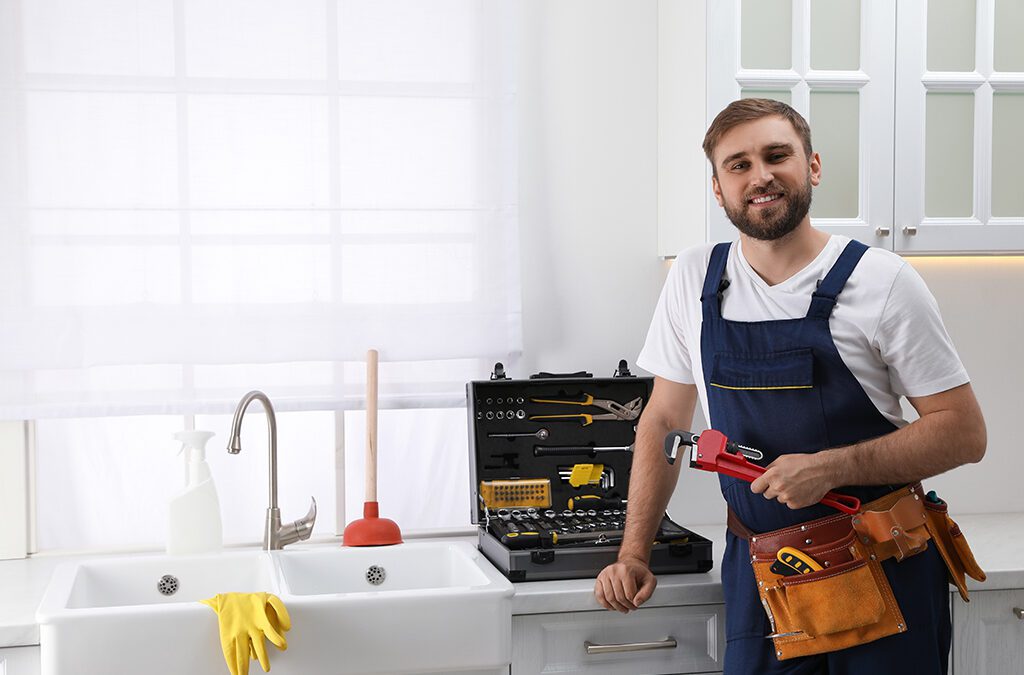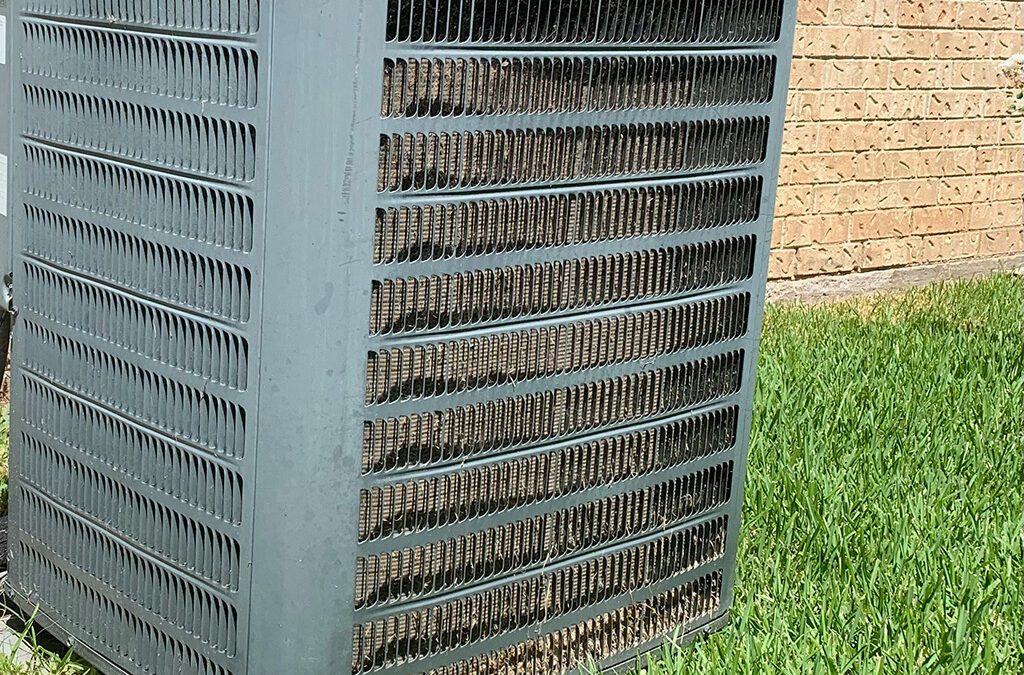Whether you’re looking at flooding caused by a burst pipe or days of simple rainfall, the damages are the same. Even an inch of collected water can short breakers, damage walls, and destroy important records forever. The best defense (and an important step to waterproofing your basement) is a properly working sump pump.
By collecting water in a basin and forcing it out of your home, a sump pump protects your home from the damaging effects of water, day or night. The water is usually directed towards the city storm drains or into a dry well where it stands no chance of re-entering your home. Be cautious however, older homes used to connect the outflow pipe to the city sewer. Newer code requirements make this illegal since there’s a chance it can cause the sewer to overflow. If you have an older home, it’s a good idea to have your system inspected to make sure the water is being pumped away safely.
Sump Pump Options & Components
So what makes up a sump pump? The basic design of all pumps consists of an electric motor, impeller (which is a type of screw or fan), activation switch, and power source. When selecting your pump, it’s a good idea to decide on whether you want an automatic or manual pump, a pedestal or submersible system, and the type of power source for your pump.
A manual pump requires you to actually be present to turn the pump on. While this is useful for some situations, it isn’t ideal if you’re going to be gone for the week and there’s a storm on the horizon. Then again, there’s a minor chance that an automatic pump can fail to disengage (if it hasn’t been properly maintained), leaving it to run until it burns itself out.
Automatic pumps are typically triggered by a float or pressure switch. The float switch is a simple device that rests on top of the water in the sump pump basin. When the water level reaches a set height, the pump engages and continues to run until the water returns to a standard level. Pressure switches, on the other hand, are triggered when the weight of the water reaches a certain level (that is, enough water has entered the basin to trigger the switch). Pressure switches are not adjustable, unlike the float switch, but they are not susceptible to blockages from trash and other detritus.
While you can choose whether your power source is on a battery backup or main-line house voltage, it’s usually best to choose a hybrid option. Sump pumps are emergency equipment to prevent flooding in your home, so there’s little reason to not make sure that your pump will run in the event of an emergency.
Speaking of emergencies, you want to make sure that your pump is effective at removing water from the basin. Check the head pressure rating on your pump when you replace it, or are purchasing a new one. Head pressure is the maximum height a pump is capable of pumping water. You don’t ever want to meet or exceed this rating. In fact, making sure that your pump never has to move water more than 80% of this rating is best. The water outflow pipe coming from your basin should never rise higher (from the bottom of the basin) than 80% of your pump’s rated head pressure.
One last note, sump pumps come in both submersible and pedestal types. Pedestal sump pumps are much easier to work on because the motor rests above the basin, where it’s easily accessible. If you’d rather not have machinery sticking out of the floor of your basement, the submersible pump is the way to go. Just be aware that submersible pumps are more difficult to work on and will take extra time to be repaired or replaced.
Testing
Your sump pump should be tested every 1-3 months. And you should always recheck it if you know a storm is on the way. Sump pumps consist of:
- Gravel-Bottomed Basin or Pit
- Pressure or Float Switch
- Centrifugal Pump
- Return Pipe
- Check Valve
You want to ensure that all of these components are in proper working order at all times. The simplest test you can do is to fill the sump basin with water. For automatic pumps, as soon as the required level is met the sump should engage immediately. Watch the water level and listen for any strange noises. It’s a good idea to have someone watching the outflow line if at all possible. This way you can be sure that nothing is blocking the waterline.
Your sump pump should engage, remove most of the water from the basin, and disengage when finished. Once the pump disengages, water should not flow back into the basin. If a large amount of water does flow back, there’s a problem with the return pipe’s check valve (which prevents water from flowing back into the basin).
If the pump fails to disengage automatically, turn it off and check for a stuck level switch. If you don’t see any issues with the switches, then call a professional service technician to repair the damaged pump.
Metro Plumbing, Heating, and Air Conditioning is the service company you want! Call us today at (423) 616-1025!



